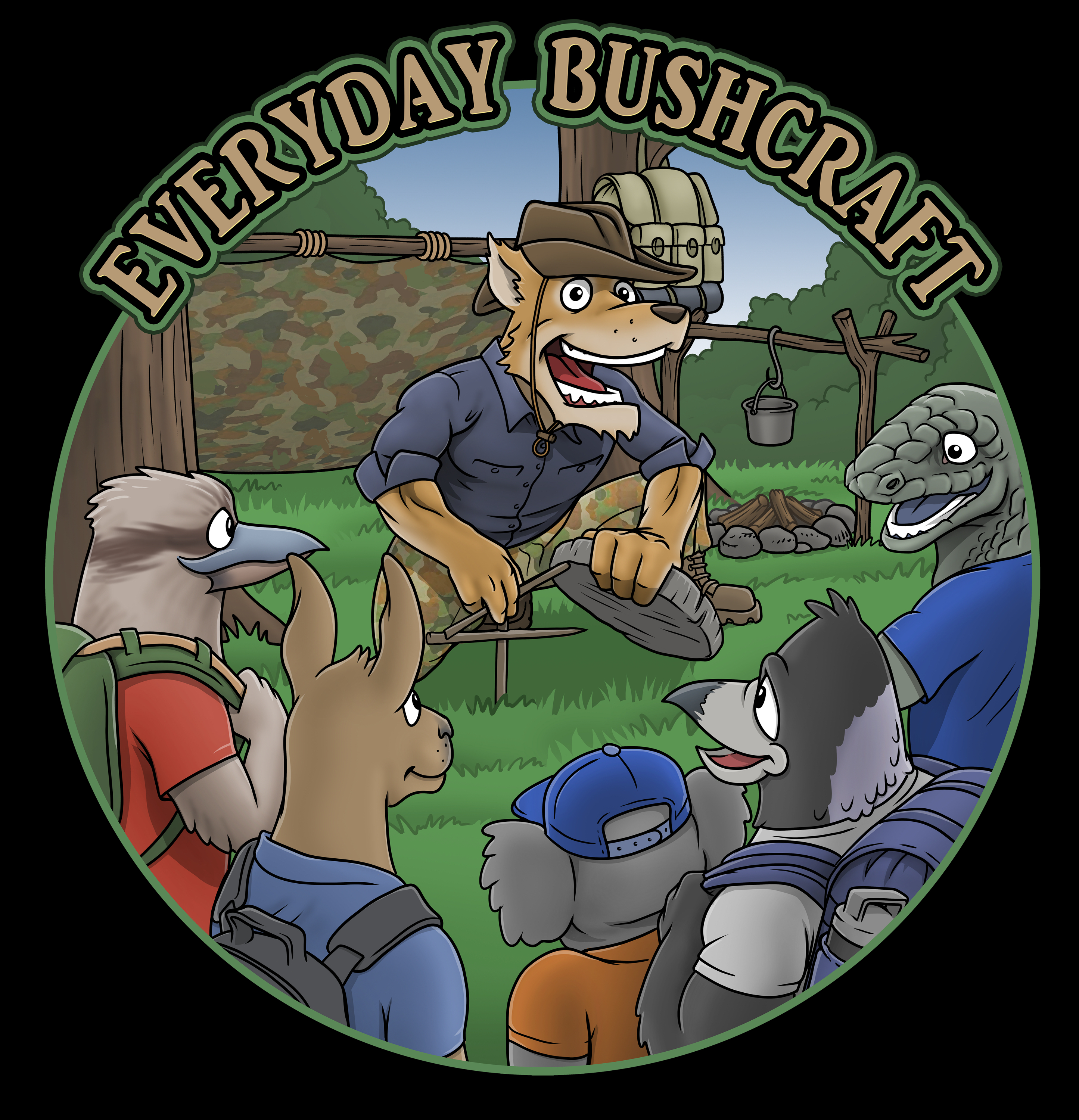
Knowing When to Push On and When to Rest
- gbucknell

- Jun 10
- 3 min read
A Lesson from the Bush and the Body
There’s a time to push forward — and a time to pause, breathe, and regroup. Lately, I’ve been relearning that lesson the hard way.
As someone who thrives in the bush, leading camps, guiding others through the skills of survival and self-discovery, it’s been frustrating — and frankly, disheartening — to be sidelined by sciatica. Back pain doesn’t care about your plans. It doesn’t ask permission before it knocks you down and forces you to cancel things you care deeply about.
It’s been a humbling reminder that the body, like nature, has its rhythms. And sometimes, survival — whether in the bush or in life — means choosing rest over resilience. Not because we’re weak, but because we’re wise.
Bushcraft Lessons in the Body
At Everyday Bushcraft, we teach five core skills:
Self-Aid
Knots
Shelter
Fire
Water Purification
Right now, more than ever, I’m leaning into the first of these: Self-Aid.
Self-Aid isn’t just about slapping on a bandage or treating a blister. It’s about self-awareness. It’s about acknowledging when you’re injured, tired, overwhelmed — and having the discipline to care for yourself before things get worse.
Too often, we idolise grit. We’re told to “push through” pain, to “man up,” to “keep going no matter what.” But in both the bush and life, that mindset can get you in real trouble.
In survival, pushing on with a sprained ankle, untreated dehydration, or an infected wound isn’t brave — it’s dangerous. Real strength is found in the ability to stop, assess the situation, treat yourself, and then decide if continuing is wise.
That’s the beauty of self-aid. It’s not passive. It’s proactive. It’s powerful.
The Camp That Didn’t Happen
Canceling recent bushcraft camps due to back pain wasn’t easy. I wrestled with guilt, disappointment, and that inner critic that whispers, “You’re letting people down.”
But I also recognised something deeper: pushing through would have only made the injury worse, jeopardising not just a weekend camp, but my ability to serve in the long run. Self-aid meant rest. Ice packs. Physio. Time.
It also meant practicing what I preach — that knowing when to stop is a skill in itself.
The Path Forward
As I slowly return to full strength, I’m reminded that bushcraft is more than just physical skills — it’s a mindset. Every one of the five everyday bushcraft skills offers a lesson for living:
Knots remind us of connection and responsibility.
Shelter reminds us that we all need a safe place and community.
Fire reminds us to keep our passions alive — but also to tend them carefully.
Water reminds us to purify what sustains us and not just drink in everything we find.
But Self-Aid? That’s the one that makes all the others possible.
So if you’re out there — frustrated, worn down, carrying more than your fair share — take this as permission to rest. Check in with your body. Treat your spirit with compassion. Sometimes, the bravest thing you can do is to stop walking and start healing.
And when you’re ready, the path will still be there.
Want to learn more about Self-Aid and the five key bushcraft skills?
Join us for our next Everyday Bushcraft experience — or explore the resources on our site. Because knowing how to survive begins with knowing how to care for yourself.
Stay safe out there,
Gavin Bucknell
Founder, Everyday Bushcraft
Instructor | Lifelong Learner







Comments